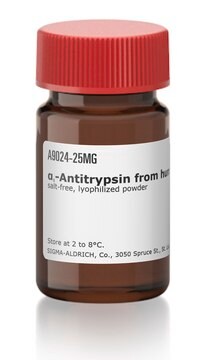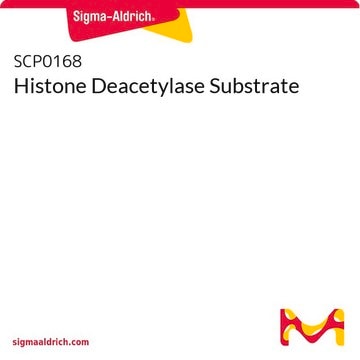LM1502
Avanti
17:0-20:4 PI
Avanti Research™ - A Croda Brand LM1502, methanol solution
Synonym(s):
1-heptadecanoyl-2-(5Z,8Z,11Z,14Z-eicosatetraenoyl)-sn-glycero-3-phospho-(1′-myo-inositol) (ammonium salt)
About This Item
Recommended Products
form
methanol solution
packaging
pkg of 1 × 1 mL (LM1502-1EA)
manufacturer/tradename
Avanti Research™ - A Croda Brand LM1502
concentration
~10 μg/mL (Refer to C of A for lot specific concentration. )
shipped in
dry ice
storage temp.
−20°C
SMILES string
[H][C@@](COP([O-])(O[C@H]1[C@H](O)[C@@H](O)[C@H](O)[C@@H](O)[C@H]1O)=O)(OC(CCC/C=C\C/C=C\C/C=C\C/C=C\CCCCC)=O)COC(CCCCCCCCCCCCCCCC)=O.[NH4+]
General description
Application
- lipid extraction from isolated pure mitochondria by modified Bligh and Dyer method
- lipid quantitation using liquid chromatography-mass spectrometry (LC-MS)
- the analysis of phosphatidylinositol (PI) and phosphatidylinositol bisphosphates (PI(3,4)P2 and PI(4,5)P2) by high performance liquid chromatography-mass spectrometry (HPLC-MS)
Packaging
Legal Information
also commonly purchased with this product
signalword
Danger
Hazard Classifications
Acute Tox. 3 Dermal - Acute Tox. 3 Inhalation - Acute Tox. 3 Oral - Flam. Liq. 2 - STOT SE 1
target_organs
Eyes
Storage Class
3 - Flammable liquids
wgk_germany
WGK 2
flash_point_f
49.5 °F - closed cup
flash_point_c
9.7 °C - closed cup
Certificates of Analysis (COA)
Search for Certificates of Analysis (COA) by entering the products Lot/Batch Number. Lot and Batch Numbers can be found on a product’s label following the words ‘Lot’ or ‘Batch’.
Already Own This Product?
Find documentation for the products that you have recently purchased in the Document Library.
Our team of scientists has experience in all areas of research including Life Science, Material Science, Chemical Synthesis, Chromatography, Analytical and many others.
Contact Technical Service








